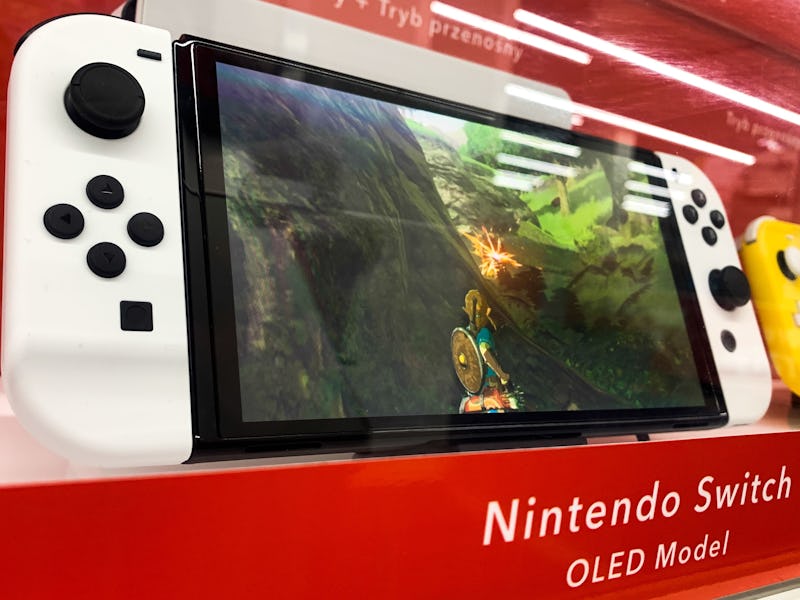Nintendo Is Entering A Very Different Landscape With The Switch Successor
Unlike last time, Nintendo will have direct competition this time around.

Nintendo seems closer than ever to revealing its next console. A handful of notable developers visited Nintendo of America for undisclosed reasons. A Taiwanese newspaper reported an alleged price of $399 and unconfirmed 3DS compatibility. And most recently, developer Panthea Games just flat out said their next game, My Time at Portia, will be released on “future Nintendo platforms yet to be announced.” The Japanese console and game maker may be quiet about when that will happen, all signs point towards imminent.
The most interesting aspect of the Switch successor is the landscape it’ll release into. The original Switch had virtually zero competitors looking to scoop up audiences that wanted console experiences they could also take on the go. Some eight years later, in an age of PC handhelds like the Steam Deck and ROG Ally, Nintendo is up against strong competitors. And seeing how they stave off that competition is what’s most exciting.
The so-called “Switch 2” will likely mimic the original Switch’s hybrid form factor. This will be a handheld that can be docked and played on a television with detachable controls.
The Switch has been a massive success for Nintendo, selling more than 143 million units since March 2017.
While the Wii introduced motion controls, the Wii-U a tablet capable of both input and second-screen play, and the Switch an entirely new approach to console gaming, the Switch 2 could be the first Nintendo console since the GameCube to launch without a new “gimmick.”
The Switch 2 of course doesn’t need a gimmick. A more powerful console with more comfortable joy-cons and better battery life would be more than enough to get many players back in the Nintendo saddle. The boost in hardware would give developers more room to get creative. And the promise of the next Mario, Zelda and hopefully Metroid could secure another eight years of strong sales.
But what else could the company do to ensure it maintains its lead over the competition? For one, backward compatibility would go a long way in making players not feel burned by the upgrade. As the reception to the PS5 Pro last week shows, players want to play what they own hassle-free. Making the extensive Switch library playable on day one is something PC handhelds can’t do out of the box.
It would be great to play the entire Switch library, old and new, on the next Nintendo console.
Nintendo President Shuntaro Furukawa suggested the new Switch would make good on this promise when he said the company wants “to do as much as possible to smoothly transition our customers” who use an online Nintendo Account.
Nintendo should also look at some of its most creative hardware features from the past for inspiration. StreetPass, which allowed the 3DS to passively exchange data and information with other 3DS consoles in the wild, is sorely missed on the Switch.
In the early days of the 3DS, there were few things more exciting than seeing the blue light signaling your device had exchanged useful items for the built-in StreetPass games Nintendo made for the console. StreetPass made the simple act of carrying the 3DS outside exciting in a social way the Steam Deck and even the Switch just don’t. Bringing Street Pass back would be both a welcome returning feature and a potential game-changing application for the early days of Nintendo’s new console.
StreetPass was one of the standout features on the 3DS. It would be awesome to see it return for the Switch successor.
To compete in today’s ecosystem, the Switch 2 should have a convenient form factor and standard quality of life features. As great as the Steam Deck is, it’s not easy to lug around for shorter city commutes, at least compared to the Switch. The Switch has always been great for tossing into a bag and forgetting about it thanks to its relatively thin profile. The ability to pair Bluetooth earbuds and headphones easily would be a great step towards parity with most PC handhelds available today. And more ergonomic controllers out of the box would be great for players with larger hands.
The Switch 2 will have plenty of competition when it releases next year. But there are plenty of ways for Nintendo to ensure it remains the leading handheld in the gaming market.